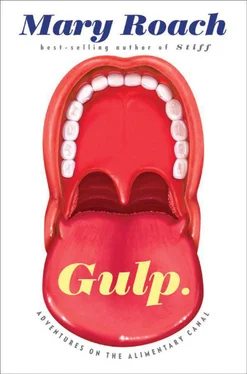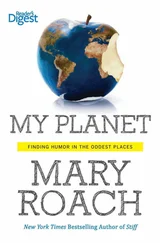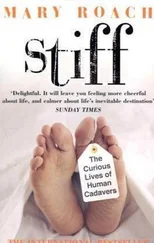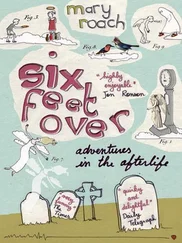Roll the calendar back a few millennia and picture yourself in a hairy outfit, dragging home a python you have hunted. Hunted is maybe the wrong word. The python was digesting a whole gazelle and was in no condition to fight or flee. You rounded a bend and there it was, Neanderthal turducken. Gazython. The fact that the gazelle is partially decomposed does not bother you. Early man was a scavenger as well as a hunter. He was used to stinking meat. And those decomp gases are key to our story. Which I now turn over to Secor.
“So this python is full of gas. You set it down by the campfire because you’re going to eat it. Somebody kicks it or steps on it, and all this hydrogen shoots out of its mouth.” Hydrogen, as the you and I of today know but the you and I of the Pleistocene did not know, starts to be flammable at a concentration of 4 percent. And hydrogen, as Stephen Secor showed, comes out of a decomposing animal at a concentration of about 10 percent. Secor made a flamethrowery vhooosh sound. “There’s your fire-breathing serpent. Imagine the stories that would generate. Over a couple thousand years, you’ve got yourself a legend.” He did some digging. The oldest stories of fire-breathing dragons come from Africa and south China: where the giant snakes are.
13. Dead Man’s Bloat
AND OTHER DIVERTING TALES FROM THE HISTORY OF FLATULENCE RESEARCH

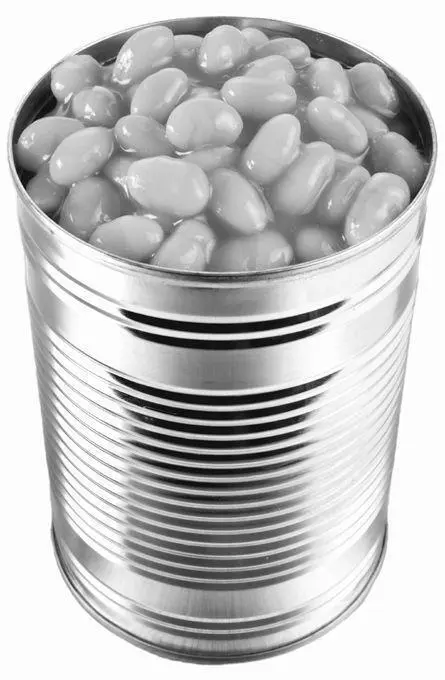
THE SAME QUALITY that has allowed Mylar to rival latex as the material of choice for party balloons has secured its place in modern-day flatus research. Mylar is airtight. Your helium-filled Mylar Get Well Soon balloon will continue to float long after you are discharged from the hospital. The Mylar balloon I inflated in 1995 as part of a flatulence study might still, had anyone kept it, contain gas I produced by eating two-thirds of a pound of chili in the Kligerman Regional Digestive Disease Center cafeteria.
Alan Kligerman is the Kligerman of the Kligerman center, and he is the Ak in AkPharma, the company that founded the center and created Beano. [85] AkPharma has since sold the Beano brand to pharma giant GlaxoSmithKline. As part of a marketing campaign, GSK’s website included an online University of Gas. Hoping to matriculate—or at least buy a sweatshirt—I clicked on the video. The stately campus building in the background was instantly familiar to me as Baker Library at Dartmouth College, where my parents once worked. Given what I know of the Dartmouth frat scene, it was kind of apt, but I ratted GSK out anyway. The president’s office did not seem to share my outrage (“At this time, I don’t have a comment from President Kim about the Beano University of Gas”), but a cease-and-desist letter eventually went out, and the image was removed.
The active ingredient in Beano is an enzyme that breaks down certain complex carbohydrates, called oligosaccharides, found in large quantities in beans and other legumes. You have this enzyme in your colon, courtesy of bacteria that live there. Because your small intestine can’t absorb these complex carbohydrates, they carry on into your colon, where bacteria and their enzymes break them down—and create a lot of hydrogen in the process. Translation: beans make people gassy. Adding Beano to chili while it’s still on the table preempts this. It’s like having a surrogate predigest your beans.
I had visited Kligerman’s lab for a magazine piece. I still have my notes and interview transcripts, and a teal Beano windbreaker [86] But one example of the sly marketing genius of AkPharma. Beano was also the sponsor of a team of hot air balloonists in a prominent race.
that Kligerman gave me, but the details are hazy. I recall eating my carefully weighed chili at a table with Kligerman and Betty Corson, the voice of the Beano Hotline. My notes attest that a man called Len was also there. My lunch mates were eating the chili too, though they weren’t part of the study. They were just people who like beans, or had come to like them, since AkPharma purchased them in volume and cans could usually be found in the cupboards of the employee kitchen.
“I’ll open up a can of black beans, and I’ll eat the whole can,” said Betty.
Len was nodding. “I’ll take a can of baked beans. Pour the liquid off. That’s what I’ll eat for lunch a lot of times. I hate to admit it, but I’m one of the 50 percent of Americans that’s not troubled by beans.”
When someone at AkPharma says, “Troubled by beans,” trouble doesn’t refer to the embarrassment caused by the sounds or smells of flatulence. (Hydrogen and methane are odorless, remember.) Trouble refers to the pain and discomfort caused by gas inflating your colon. When the colon balloons, it activates stretch receptors that send a message to your brain, which your brain forwards to you as pain. Like most pain, it’s an alarm, a warning system. Because stretching can be a prelude to bursting, your brain is highly motivated to let you know what’s happening down there.
The older you get, the slacker the muscles of your colon become and the more easily the organ balloons. As Len gaily remarked, “We get flabbier all over, inside and out.” Sixty percent of Beano customers, he said, are over fifty-five. People with coronary artery disease whose doctors steer them away from fats and red meat are often advised to incorporate beans into their diet as a replacement protein. “Some of these people,” said Kligerman, “would come back to their doctors, going, ‘I’ll take my chances on a second heart attack over all this gas.’” Cardiologists in the fat-fearing 1980s handed out Beano sample bottles like Halloween candy.
The other food group that troubles the middle-aged gut is dairy. About 75 percent of Asians, African Americans, and Native Americans are deficient in lactase, an enzyme secreted in the small intestine that breaks down lactose, a sugar found in milk products. In Caucasians the rate is around 25 percent. Most can digest milk sugars while they’re young, but they begin to lose the ability as they age. “Once you’re beyond suckling age,” Kligerman pointed out, “there’s no biological reason for you to absorb lactose.” Were it not for the persistent hand of the dairy lobby—Got Marketing?—the notion of grown-ups drinking milk by the glass might seem as odd here as it does in much of the rest of the world.
Milk products follow the same biological plot line as beans. An ornery carbohydrate makes it to the colon intact because the small intestine couldn’t break it down into something absorbable. Colon bacteria go to town on it, spewing clouds of hydrogen in the process. Gastroenterologists can easily diagnose malabsorption of lactose (or gluten, for that matter). In the Bay Area, where I live, people prefer to self-diagnose. And misdiagnose. “Dairy sugar often travels with dairy fat, and big fat loads are hard on the gut,” says gastroenterologist Mike Jones. “People who claim lactose intolerance tend to also voice a belief that they’re gluten-intolerant. Usually with no evidence of either.”
True lactose malabsorption is no picnic. This was the source of the prodigious flatus of the pseudonymous patient A. O. Sutalf, [87] ?ti teG
documented in 1974 and reported in the august pages of the New England Journal of Medicine . Mr. Sutalf, his identity a closely guarded secret to this day, passed gas an average of thirty-four times a day. By comparison, the lactose-tolerating adult will toot on average no more than twenty-two times a day, [88] I brought Levitt a scrap of notebook paper covered with hash marks, the score card of an anonymous family member who kept track for two days, totaling thirty-five and thirty-nine. “Yeah,” Levitt said, “every time I give a talk someone comes up and tells me twenty-two is way too low.”
peaking twice: five hours after lunch and five hours after dinner. Len maintained that the 5 P.M. peak was at least in part man-made: “You’ve been holding it in at work, and as soon as you get in the car to drive home you let it out.”
Читать дальше
